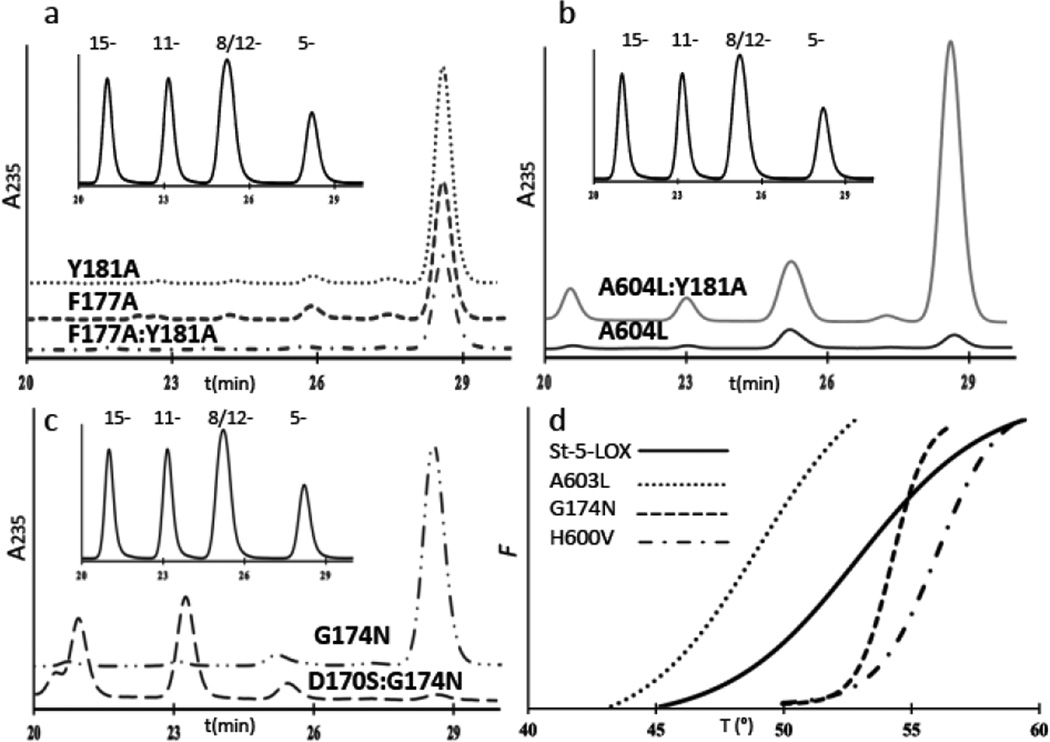Fig. 4. Sample chromatograms from products analyses.
(a) HETE product profiles (absorbance at 235nm) from incubations of Y181A, F177A and F1771A:Y181A with substrate. The inset is the elution profile (A235) of HETE standards 15-HETE, 11-HETE, 12- and 8-HETEs, and 5-HETE. (b) Product profiles for A603L and A603L:Y181A. While the double mutant is active, its product specificity is compromised. The inset is the elution profile of HETE standards 15-HETE, 11-HETE, 12- and 8-HETEs, and 5-HETE. (c) HETE product profiles for G174N and the double mutant D170S:G174N. The inset is the elution profile of HETE standards 15-HETE, 11-HETE, 12- and 8-HETEs, and 5-HETE. (d) Representative sample thermal induced unfolding curves for St-5-LOX (—), and its destabilized (A603L, ●●●) and stabilized (G174 – – –, H600V–●–●–●) variants. The fluorescence of SYPRO orange (Y axis) increases as thermal denaturation exposes hydrophobic surfaces that bind fluorophore. Each curve represents the average of triplicate measurements.

